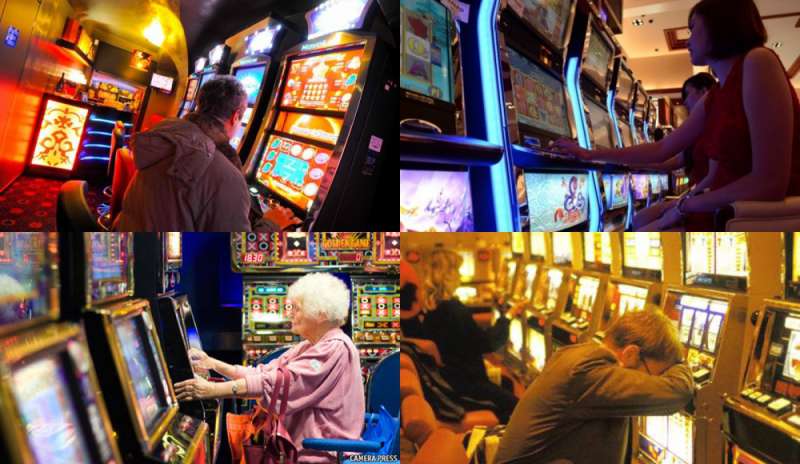
They call it “gaming”, even though what they do is no game. It rather is the expression of an actual disorder – compulsive gambling – that current medicine still cannot cure properly and effectively. While it has already started weighing on national health costs, the disorder also brings a lot of money into the state coffers, thanks to the Monopoly. Alongside grandmas betting their entire monthly pensions hoping to hit the jackpot and the increasing number of jobless people investing that little money they have left in an illusion about life change, it also happens that young people are affected by the disorder – as is the case of a 27-year-old man from Massafra, Taranto, who first squandered 3,000 euros in a gaming room at Palagiano and then feigned a robbery. He certainly managed to change his life, but for the worse: it was reported to the police.
This young man showed up at the Carabinieri Police Station at Palagiano and told them he had been robbed in a side alley, as he was riding his car. Two felons on a high-powered motorcycle and wearing full-face helmets had allegedly approached and forced him to stop. He also explained that his attackers had threatened him with a knife and robbed him of an amount of almost 3,000 euros that he had withdrawn, shortly before, from the Palagiano Post Office. The version provided by the “victim” had immediately sounded full of holes and at times hard to believe; the carabinieri became suspicious and decided to inquire further.
They obtained, therefore, footage from security cameras, in order to retrace the victim’s movements and verify the presence of the two burglars in the area. After a few hours of investigation, the carabinieri found out that, upon leaving the Post Office where he had withdrawn the money, the young man had directly gone to a gaming place nearby, where he had blown away the entire amount, in about two hours. When confronted with the evidence, the man admitted to having spent the money in a series of sporting bets and then having to come up with the robbery story, in order to keep the loss of money hidden from his family.
This is just a case, among many, in an endless series of small and not so small family disasters. The problem is well known to the gambling masters, given that the owners of slot machines and video-lottery services – or the dealership companies – are legally required to set aside, theoretically, up to 1 million euros from their profits for funding information and communication campaigns on compulsive gambling.
In reality, these plans are included in the national gambling prevention plan approved by a special Observatory established by the Balduzzi Decree, 2012, which is still being reviewed by the government, as far as its financial impact is concerned. And, given that initiatives about the Monopoly development plan affect the same areas as those of the national plan, “their systematic launch has been postponed until the aforementioned bill is duly evaluated at the political level.” In other words: compulsive gamblers will be left to their own devices, for the time being.
A research conducted by the Observatory of the Department of Anti-Drug Policies of the Office of the Italian Prime Minister, which also deals with addictions, has shown that the spread of gambling figures among the emerging social phenomena in the past few years. In 2014, 45.0% of students said they had gambled during the past year: in particular, 480,000 female students and 800,000 male students admitted to having gambled in the past 12 months. A review of the students’ answers to an internationally-vetted survey showed that, in 2014, about 8% of the interviewed were problematic and pathological gamblers, with significant gender differences (13.5% males vs. 2.8% females).
Compared to 2013, there has been a growing trend among both males (13.5% in 2014 compared to 13.0% in 2013) and females (2.8% in 2014 compared to 2.4% in 2013). As it was already revealed by the 2013 research study, gambling behavior is associated with the use of psychotropic substances; in fact, the percentage of illicit drug users among young people who report compulsive gambling behavior is higher (40%) than among “non-problematic” gamblers (30%).
In this sector too, as quite unfortunately elsewhere, it is the teens that seem to be more at risk, as they are conditioned to think of gambling as something harmless and, at the same time, good for “chilling out”. Then the moment comes when they have to face the music, as the young man from Massafra. Here politicians should talk less and act more. No spending review is worth the life of our kids.
Translation provided by ProLingua








